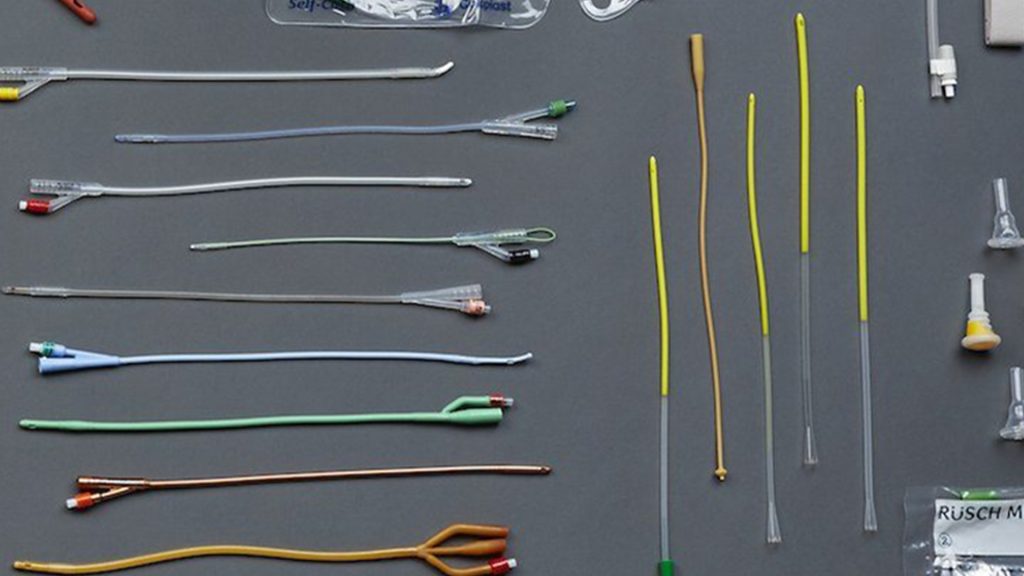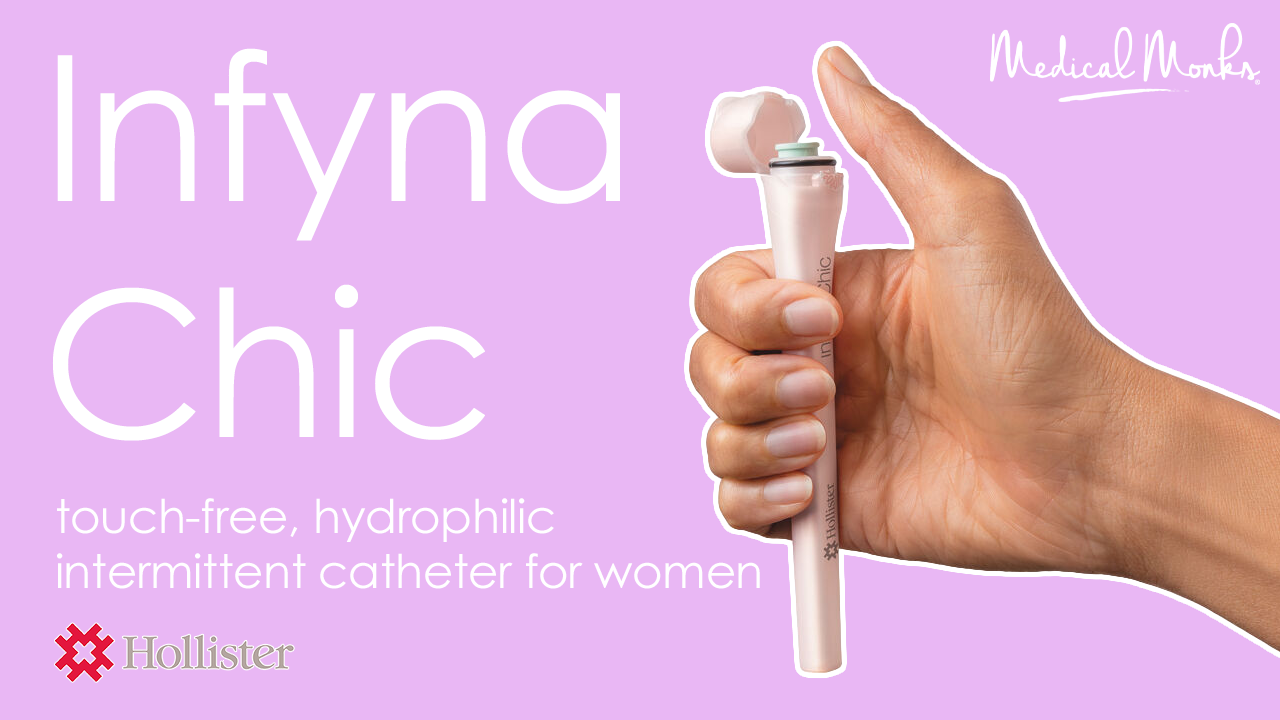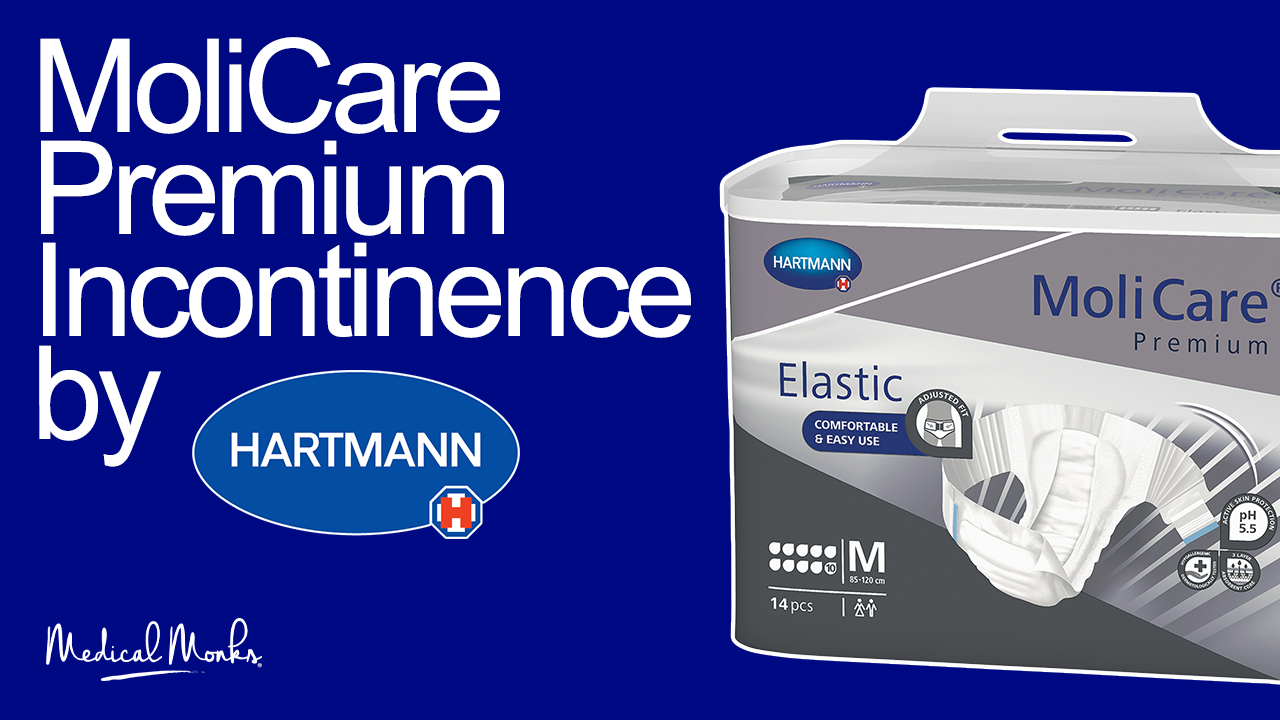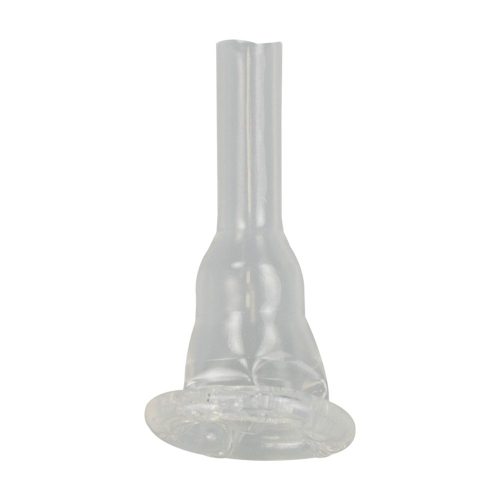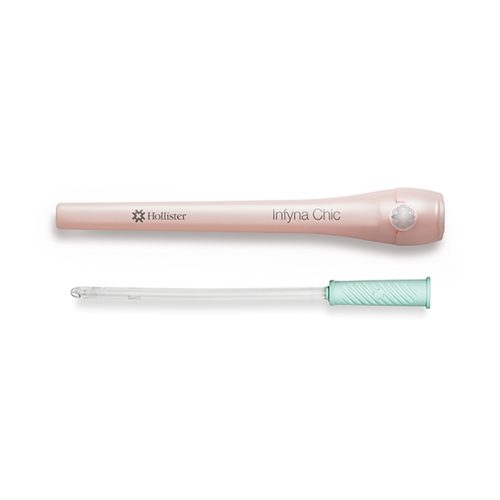Over 100 million catheters are used globally in an average year. These devices can be lifesaving, draining away urine or bodily fluids to prevent buildup, administering IV medications, or enabling heart surgeries.
Yet, catheters are not interchangeable. Choosing between an intermittent internal, indwelling, or external urinary catheter, for example, can affect a person’s risk of UTIs, urethral injury, hygiene, and overall quality of life.
Just as choosing the right catheter design is important, so too is the choice of material. This guide details the catheter material options available on the market today, their merits and drawbacks, and how to choose the right catheter for you.
What Are Catheters Made Of?
Biomedical engineers make catheters with materials that share certain qualities:
- Flexibility
- Compatible with the human body
- Easy to shape or mold
- Easy to manipulate and maneuver
As a result, most catheters are made with hydrophilic polyurethanes, silicone, rubber, latex, or polyvinyl chloride (PVC).
Understanding Common Catheter Materials
Catheters are typically made of hydrophilic polymers, silicone, latex / rubber, or PVC. Here’s how each material functions, why it works, and when to avoid it.
Hydrophilic Polyurethane Catheters
Hydrophilic polyurethane catheters are coated with a friction-reducing fluid or gel.
The material is durable and flexible, and it can withstand the rapid injection of medical fluids. It is most often used to make PICC, midline, and intermittent urinary catheters.
They are best for intermittent or short-term use.
Hydrophilic Polyurethane Catheters Vs. Latex, PVC, and Silicone Catheters
Compared to catheters made of other materials, hydrophilic polyurethane catheters significantly reduce the risks of urethra microtrauma, inflammation, and bacterial infections.
Moreover, polyurethane PICC lines cause fewer complications than silicone PICC lines.
However, intravenous hydrophilic polyurethane catheters can increase the incidence of protein and cellular adhesion, thrombosis (blood clots), and kinking. Thus, they are less safe than silicone and PVC catheters for long-term use.
Silicone Catheters
Silicone is a flexible, synthetic material. It repels water, insulates against electricity, and resists heat, cold, and UV radiation.
It is most often used to make Foley (indwelling) catheters, suprapubic catheters, external catheters, and, in some cases, intermittent catheters. Silicone catheters are durable, hypoallergenic, and non-irritating.
Silicone Catheters Vs. Polyurethane, Latex, and PVC Catheters
Silicone catheters resist cellular adhesion (reducing the likelihood of blood clots) better than hydrophilic polyurethane catheters. They also resist bacterial colonization better than latex catheters, thus reducing the risk of infections.
However, silicone catheters are more rigid than latex catheters, which increases some patients’ discomfort.
Moreover, silicone is no longer used to create PICC lines. Silicone lines had a higher rate of complications than polyurethane PICC lines in the past.
Latex & Rubber Catheters
Latex is a natural material used to make rubber. While rubber can also be made from synthetic neoprene or nitrile, these alternatives are not suitable for catheters. Latex rubber has a high tensile strength, a soft texture, a high degree of elasticity and biocompatibility, and it’s moderately water-resistant.
The material is used to make external catheters, indwelling catheters, and intermittent catheters.
Latex Catheters Vs. Polyurethane, Silicone, and PVC Catheters
Latex is less smooth than silicone, so its friction against the urethra can cause irritation or injury.
More urgently, latex is contraindicated for many patients. Approximately 4% of people in the general population, and 10% of healthcare workers, have an allergy to latex. As such, it is important to use latex products cautiously, if at all.
In contrast, very few people are allergic to PVC, and almost no one has developed an allergy to silicone or polyurethane.
PVC Catheters
Polyvinyl Chloride (PVC) is a synthetic, waterproof material. It’s used to make intermittent catheters, indwelling urinary catheters, thoracic catheters, and bladder catheters.
PVC can be rigid or flexible, and it’s highly resistant to heat, cold, pressure, and chemical abrasion. It’s also less expensive than the other materials compared.
PVC Vs. Polyurethane Catheters
Polyurethane (PU) catheters are better than PVC catheters on most fronts. PU catheters are more flexible, biocompatible, and durable than their PVC counterparts. They are also less likely to cause bladder stones.
However, PVC is a less expensive material than PU.
PVC Vs. Silicone Catheters
PVC catheters are less likely than silicone or latex catheters to “migrate” or slip once placed.
However, these catheters pose a greater risk of hematomas, phlebitis, extravasation, and bruising than silicone catheters do.
PVC Catheters Vs. Rubber Latex Catheters
PVC catheters pose a lower risk of infection than latex catheters, as they’re less prone to bacterial encrustation. They resist platelet and protein adherence better than latex catheters, and they cause fewer structures.
Conversely, they can be less comfortable than latex catheters, as they don’t conform to the body’s temperature.
Shop Catheters At Medical Monks
At Medical Monks, we offer a wide range of catheter products made with diverse sets of materials. Discover which of these products might be right for you.
This flexible, red latex intermittent catheter has a smooth tip for easy Insertion, two opposite-facing eyes to increase drainage, and an integrated, tapered funnel endpoint.
SpeediCath Male Hydrophilic Intermittent Catheter
This hydrophilic, polyurethane intermittent catheter is hypoallergenic and designed for swift, stable insertion. Reviewers note the Speedicath is “easy and comfortable to use.”
Apogee IC Intermittent Catheter
This intermittent PVC catheter has a grip-enhanced flexible funnel that improves handling, and a straight smooth tip for stable insertion. Reviewers call the Apogee ICs “Very comfortable catheters,” and “my late-night use hero catheter, bar none.”
Dover 100% 2-Way Silicone Foley Catheter
This 100% silicone indwelling catheter reduces irritation and the risk of infections from bacterial adherence. It resists buckling and kinking.

The MEDICAL MONKS STAFF brings to the table decades of combined knowledge and experience in the medical products industry.
Edited for content by JORDAN GAYSO.
